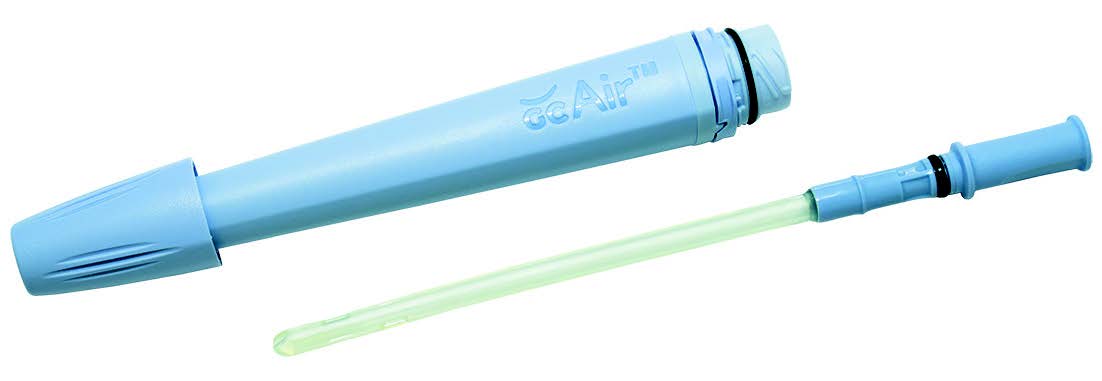References
Carson L, Wylie M (2022) Guide to intermittent catheterisation technology. Br J Nurs 22(5): 9–16
Coghlan V (2023) Case study 2. Br J Nurs 32(Suppl 18): S9 Convatec data on file. WHRI4930 TA565 GentleCath Glide Residual
Convatec (2018) A multi-centre clinical investigation to assess the performance of GentleCath™Glide Intermittent Catheters. Study U378 GentleCath™ Glide. Final Report. Data on File Guinet-Lacoste A, Jousse M, Tan E, Caillebot M, et al (2016)
Intermittent catheterization difficulty questionnaire (ICDQ): A new tool for the evaluation of patient difficulties with clean intermittent self-catheterization. Neurourol Urodyn 35(1): 85-9
Holroyd S (2018) How intermittent self-catheterisation can promote independence, quality of life and wellbeing. Br J Nurs 27(Suppl 15): S4–S10
Humphreys O, Pickering M, O’Cearbhaill ED, Flanagan TC (2020) A biometric urethral model to evaluate urinary catheter lubricity and epithelial micro-trauma. J Mech Behav Biomed Mater 108: 103792
Laws A (2023) Forward. Br J Nurs 32(Suppl 18): S3
Ngwenya M (2023) Case study 3. Br J Nurs 32(Suppl 18): S10
Perkins K (2023) Case study 4. Br J Nurs 32(Suppl 18): S11
Place J (2023) Advances in clean intermittent selfcatheterisation: impact on trauma and urinary tract infections. Br J Nurs 32(Suppl 18): S5–S7
Pollard D, Allen D, Irwin NJ, et al (2022) Evaluation of an integrated amphiphilic surfactant as an alternative to traditional polyvinylpyrrolidone coatings for hydrophilic intermittent urinary catheters. Biotribology 32(Dec 2022): 100223
Roberts CA (2023) Case study 5. Br J Nurs 32(Suppl 18): S12
Rognoni C, Tarricone R (2017) Intermittent catheterisation with hydrophilic and non-hydrophilic urinary catheters: systematic literature review and meta-analyses. BMC Urol 17(1): 4
Royal College of Nursing (2018) Catheter care. RCN, London
Sharkey J (2023) Case study 6. Br J Nurs 32(Suppl 18): S13
Thomas R (2023) Case study 7. Br J Nurs 32(Suppl 18): S14
Willis R (2023) Case study 8. Br J Nurs 32(Suppl 18): S15




 Success!
Success!